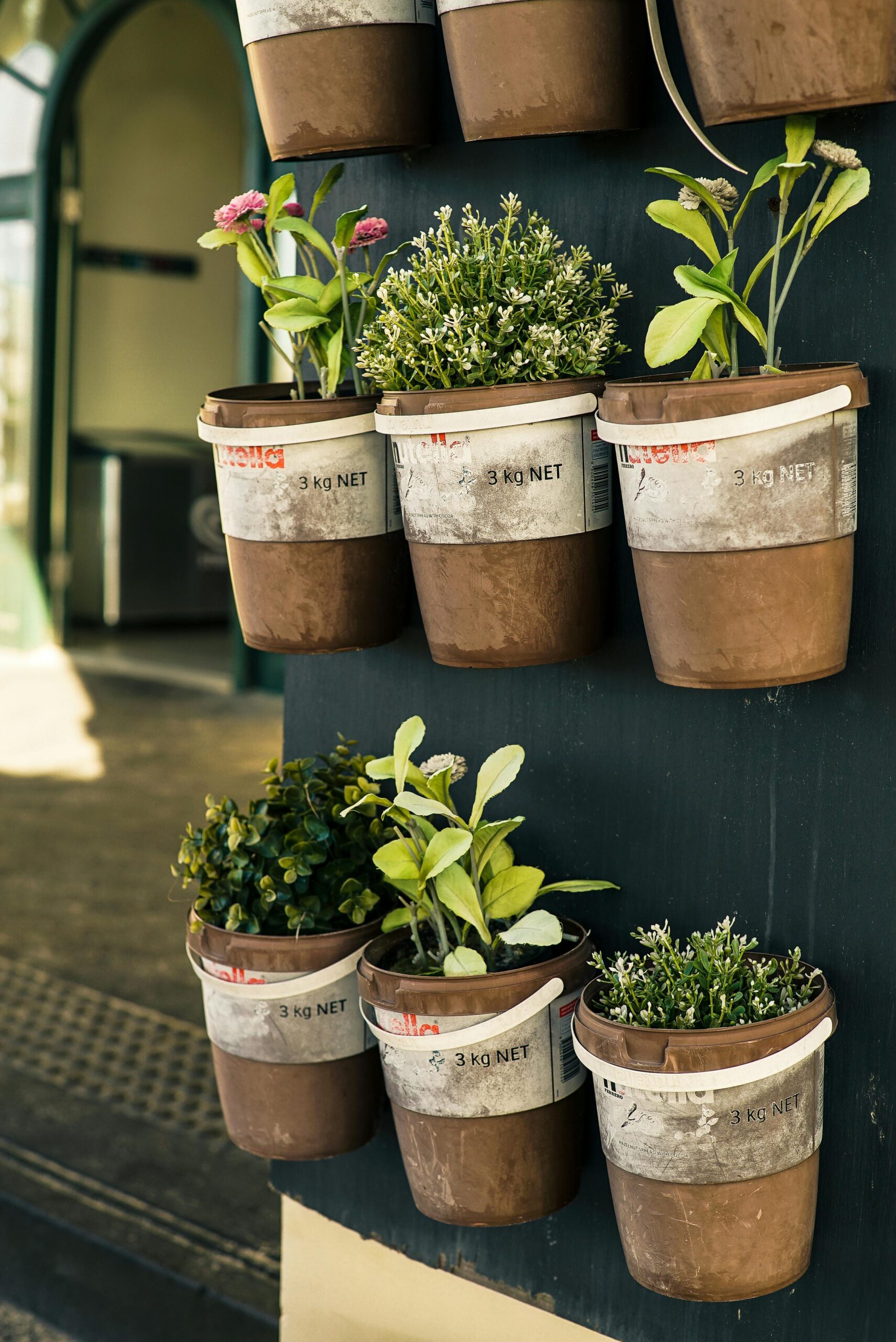The Quick Answer
Starting a herb garden in your kitchen is easy and rewarding. You’ll need a sunny spot, quality soil, and the right herbs. Simply choose your favorite culinary herbs, plant them in pots with proper drainage, and water them regularly. Within weeks, you’ll have fresh, homegrown flavors right at your fingertips. Now, let’s dive into the details.
Why Start a Kitchen Herb Garden?
I’ve always believed that a kitchen isn’t complete without fresh herbs. There’s something magical about plucking basil or rosemary straight from your windowsill while cooking. But beyond the convenience, a kitchen herb garden has plenty of benefits:
- Freshness & Flavor: Store-bought herbs lose their potency quickly. Growing your own ensures maximum freshness.
- Cost-Effective: A few packs of seeds or small plants can provide herbs for months, saving you money.
- Health Benefits: Herbs are packed with nutrients, antioxidants, and medicinal properties.
- Sustainable & Eco-Friendly: No more plastic-wrapped herbs from the grocery store—just fresh, organic greens grown by you.
Choosing the Best Herbs for Your Kitchen Garden
Not all herbs thrive indoors, so it’s important to choose wisely. Here are some of the best herbs for kitchen gardening:
1. Basil
One of the easiest herbs to grow indoors, basil thrives in warm, sunny conditions. It’s perfect for pasta dishes, salads, and homemade pesto.
2. Mint
Mint grows quickly and is great for teas, desserts, and cocktails. Just be sure to keep it in a separate pot—it tends to take over!
3. Thyme
A hardy herb that adds incredible depth to soups, stews, and roasted dishes. It doesn’t need much water, making it low-maintenance.
4. Rosemary
This fragrant herb loves sunlight and is excellent for seasoning meats and potatoes. It can also act as a natural air freshener.
5. Parsley
A staple in many cuisines, parsley is a great source of vitamins and adds a fresh touch to nearly any dish.
6. Chives
These mild, onion-flavored herbs are super easy to grow and are perfect for garnishing eggs, soups, and salads.
Setting Up Your Indoor Herb Garden
1. Pick the Right Location
Herbs need plenty of light—at least 6 hours of sunlight per day. A south-facing window is ideal. If you lack natural light, consider using grow lights.
2. Choose the Right Containers
Use pots with drainage holes to prevent overwatering. Clay pots are great because they allow the soil to breathe, but plastic or ceramic options work too.
3. Use High-Quality Soil
A light, well-draining potting mix is essential. Look for organic soil designed for container gardening to ensure your herbs get the nutrients they need.
4. Watering & Maintenance
Most herbs prefer slightly moist soil, but overwatering is a common mistake. Water when the top inch of soil feels dry. Trim herbs regularly to encourage growth and prevent them from becoming leggy.
How to Care for Your Kitchen Herbs
Even the best setup needs proper care. Here are some essential tips:
- Rotate Pots: If your herbs are leaning toward the light, rotate them every few days for even growth.
- Prune Regularly: Snip off leaves often to keep your plants bushy and prevent flowering, which can change the flavor.
- Fertilize Occasionally: Use a mild organic fertilizer every 4-6 weeks to boost growth.
- Watch for Pests: Indoor herbs can attract aphids or fungus gnats. Neem oil or insecticidal soap can help control them.
Harvesting & Using Your Herbs
The best part of growing your own herbs? Using them in your cooking! Here’s how to harvest them properly:
- Basil & Mint: Pinch off the top leaves to encourage bushy growth.
- Thyme & Rosemary: Snip small sprigs as needed.
- Parsley & Chives: Cut from the outer edges to allow new growth.
Once harvested, you can use fresh herbs immediately, dry them for later use, or freeze them in olive oil to preserve their flavor.
Troubleshooting Common Problems
1. My Herbs Are Wilting
This could be due to overwatering or insufficient sunlight. Check drainage and move them to a sunnier spot.
2. My Herbs Aren’t Growing
They might need more nutrients. Try adding compost or an organic fertilizer.
3. Yellow Leaves
Often a sign of too much water or not enough light. Adjust your watering schedule and location.
Final Thoughts
Starting a kitchen herb garden isn’t just practical—it’s an enjoyable and rewarding experience. There’s nothing like the convenience of fresh herbs at your fingertips, ready to elevate your cooking. Whether you’re a seasoned gardener or a beginner, you can create a thriving indoor herb garden with just a little effort.
So, why not start today? Pick a few favorite herbs, set up your space, and enjoy the flavors of homegrown goodness!
Happy gardening!
